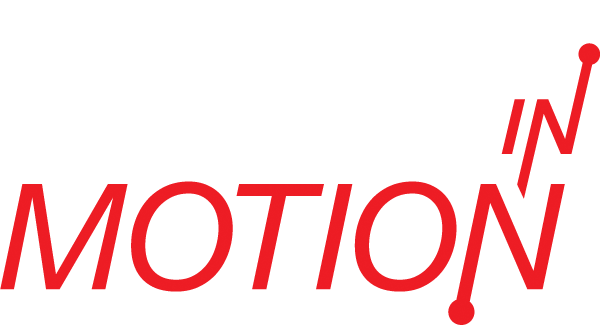
Driving a Digitized Roadmap
copyright ©2016 Ej (Ted) Lister
Picture yourself behind the wheel of a Maserati on a warm summer’s day, cruising down narrow cobblestone streets, accelerating through winding switchbacks, navigating your way to the seaside with instructions from the quietly accented voice of your GPS. You white-knuckle the wheel, shift through the gears, work the pedals while your brain syncs up with the billions of ones and zeros controlling the vehicle, displaying its status on real time dashboards—speed, direction, tire pressure, engine temperature, fuel efficiency, ETA—just some of the massive amounts of information provided to ensure you arrive at your destination safely and efficiently.
In the not too distant future you’ll only take control of the wheel for the thrill of the ride; autonomous cars will be a reality. But that’s enough about driving. I don’t even own a car. What I do own is a business. And to ensure my business is successful—that it runs like a high-performance Ferrari—I work to co-innovate with my clients to digitize their business processes (a.k.a. roadmaps) to enhance the production and manufacturing of hydrocarbons, that is to say, to ensure operations are safe, reliable, efficient, sustainable, and most importantly, profitable.
“These days we manage as much ones and zeros in our business processes as we do hydrocarbon molecules in our mechanical and chemical processes…”
Safe and reliable production and manufacturing of hydrocarbons depends on the integrity of [physical] assets. Integrity of assets is dependent itself on design, technology, methodology and knowledge (human resource competencies). For the most part, production and manufacturing facilities are designed with asset integrity in mind—material specifications and assembly (QA/QC), technology systems for monitoring asset integrity, strategies for operating and maintaining—to ensure process safety and availability (throughput), which translates into revenue; but at what cost?
High Operational Reliability and High Process Availability at the Lowest Risk/Cost
It’s easy to see how we compare driving on an open road with the physical production and manufacturing of hydrocarbons; both use real-time data to relay information about speed, direction, condition (a.k.a. flow, temperature, pressure) on real time dashboards or control room monitors. And through technology, much of the operation is automated, requiring less human interaction. Simply put, technology, that is to say, digitization and datafication, have enabled us to lower risk—risk of failure, exposure, contraventions, profit loss, etc.
“Employees want to work for companies whose vision is to digitize its business processes; who risk the investment in innovation and datafication to enhance business performance; to drive a Maserati…”
Now all we’re left with is how to lower costs to increase P/E (Price/Earnings) ratio. The answer is simple: digitize your business processes. The savings are twofold 1) overhead is streamlined by reducing human resource effort and 2) fewer human resources are required to drive the process more efficiently; to make more informed decisions; to be more effective in the tasks they perform to enhance operational reliability, i.e., practicing better procedures to plan work, perform work, and to continuously improve the work being done to safely operate and maintain physical production and manufacturing assets.
Conclusion
Using big data to drive your business is worth the risk/investment. Attracting enthusiastic employees, enhancing communication and decision-making, navigating trends, lowering overhead, increasing safety, reliability and profits are all real benefits. To demonstrate, we recently digitized the process of planning for a manufacturing facility preparing for a major Inspection & Maintenance Shutdown scheduled for Q2/17. Our solution is called STOworx®. By deploying STOworx® our client is able to drive their planning process to increase planning performance (quality and efficiency). The burn for indirect planning is $3,700.00/day (over several months). By completing the planning process one month early this company can save $77,000.00, not to mention the quality of the planning that will lead to enhanced work execution by those who pull the wrenches, to meet or exceed targets of zero incidents, zero rework, and 55% wrench-time. Planning for future events will be drastically reduced since its datafication will allow the plans to be stored and accessed from a cloud- and web-based platform.
A digitized society is now being cultivated in this organization across stakeholder departments and corporate business units, adding to the value of datafication for continued performance improvement.
What are you driving these days?
Ej (Ted) Lister
Managing Director – STO Navigator Inc., Canada
Co-creator – www.stoworx.com



